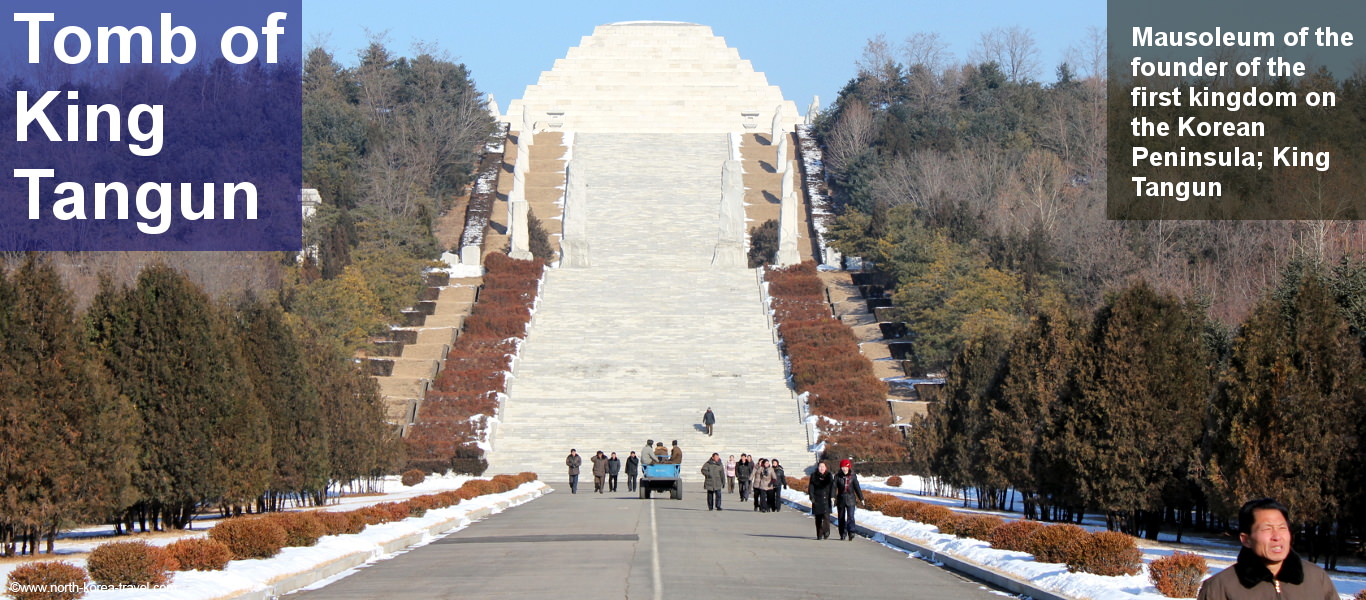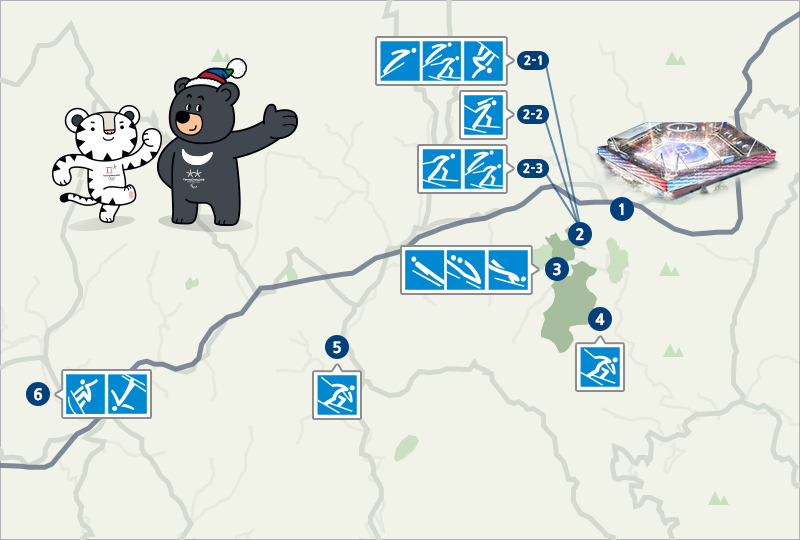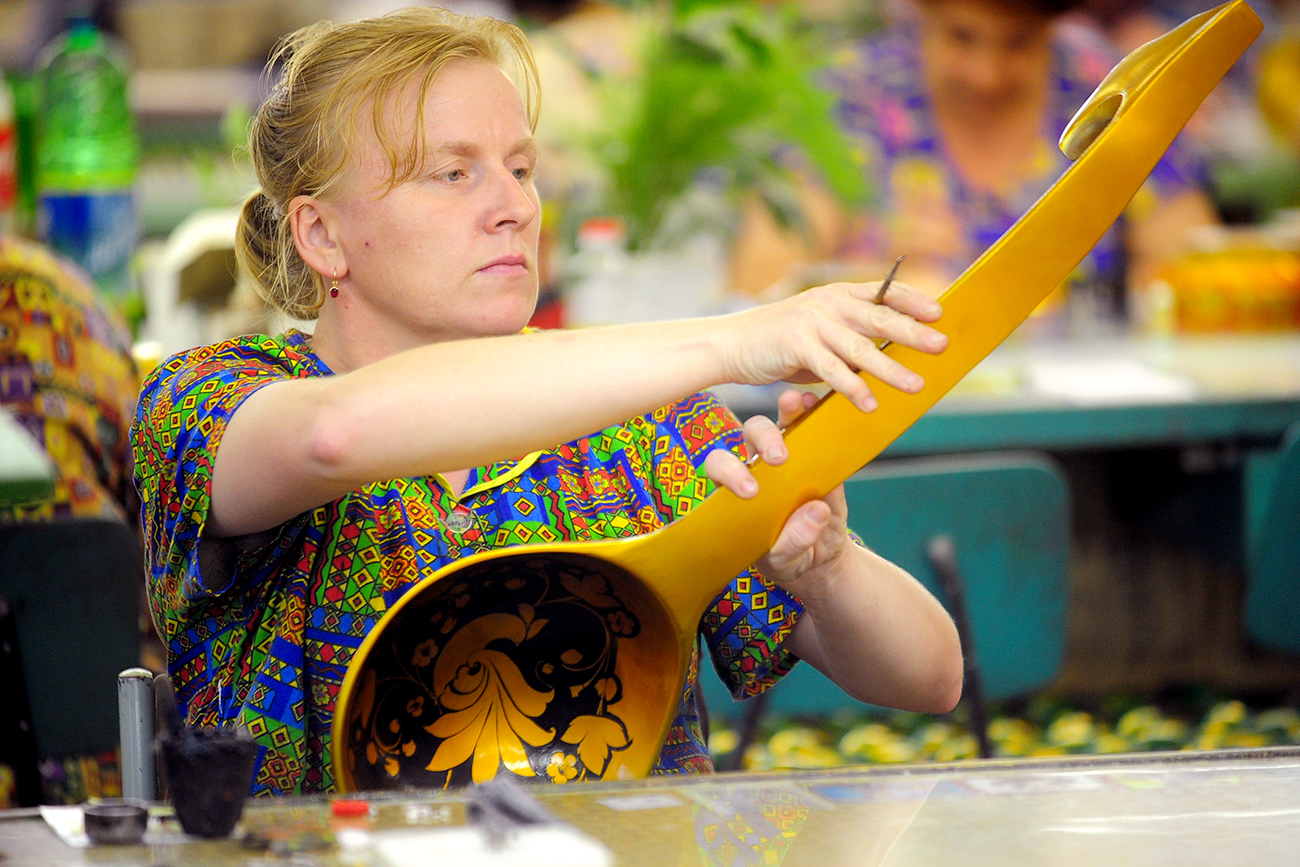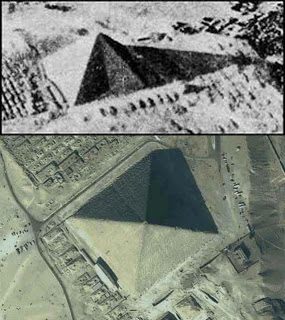

Hwanung (Korean for the "Supreme Divine Regent") is an important figure in the mythological origins of Korea. He plays a central role in the story of Dangun Wanggeom (단군왕검/檀君王儉), the legendary founder of Gojoseon, the first kingdom of Korea. Hwanung is the son of Hwanin (환인; 桓因), the "Lord of Heaven". Along with his ministers of clouds, rain, and wind, he instituted laws and moral codes and taught the humans various arts, medicine, and agriculture.
According to the Dangun creation myth, Hwanung yearned to live on the earth among the valleys and the mountains. Hwanin permitted Hwanung and 3000 followers to depart and they descended from heaven to a sandalwood tree on Baekdu Mountain, then called Taebaek Mountain (태백산/太伯山). There Hwanung founded Sinsi (신시/神市, "City of God") and gave himself the title Heaven King. In a cave near the sandalwood tree lived a bear and a tiger who came to the tree every day to pray to Hwanung. One day Hwanung gave the bear and the tiger twenty bulbs of garlic and some divine mugwort. Hwanung promised if they ate only his garlic and mugwort and stayed in the cave out of the sunlight for one hundred days he would make them human.[1]
The tiger and the bear agreed and went back to the cave, but tiger was too hungry and impatient to wait, leaving the cave before the 100 days were done. But the bear remained, and on the 21st day was transformed into a beautiful woman, who gratefully honored Hwanung with offerings. With time the woman grew lonely, and prayed to Hwanung that she might have a child. So Hwanung made her his wife and gave her a son called Dangun, a name which has two meanings: "Altar Prince" and sandalwood. Dangun eventually founded Gojoseon.[2]

Dangun was the first shaman, intermediary between mankind and Haneullim, to whom he worshipped and prayed on the behalf of his people.[8] The importance of the worship of ancestors and gods reside in their being the mean of communion with the supreme God, Haneullim.[8] According to some scholars, the name Dangun is related to the Siberian Tengri ("Heaven"),[9] while the bear is a symbol of the Big Dipper (i.e. Ursa Major), itself a symbol of the supreme God in many Eurasian cultures, including Chinese theological thought.[10] Later in the myth, Dangun becomes the Sansin, the "Mountain God" (metaphorically of civilising growth, prosperity).[11]
The two appear in the myth of Dangun who is known as the legendary founder of Korea. A tiger represents an adventurous and very courageous character in the myth, whereas a bear is seen to have patience and perseverance. Those characteristics are the main spirit for the Olympic athletes.


When the White Tiger roars, his black stripes in the ink wash painting spread onto the stage, and they transform into the Baekdudaegan mountain range, which begins at Mount Baekdu, the very backbone of the land of Korea.Heaven, Earth, and Human. The five children meet the Four Guardians along with different animals and plants from land and water: deer, wild boars, flowers, butterflies, pine trees, seaweed, schools of fish, crows, magpies, and others. The children become a part of this wonderful natural scene, and they watch Goguryeo women in the mural dancing next to a cow pulling a cart of fire.The Vision of Peace in the SkyHalf-man and half-bird, the mediator between the heavens and earth enters the stage with the phoenix, the legendary bird of peace. The five children walk towards the heavenly altar with Ung-nyeo. The festival for everyone and every living thing begins, and this image is portrayed in the sky as Cheonsang Yeolcha Bunyajido (The Chart of the Constellations and the Regions).


The Half-man and Half-bird, and the Phoenix
The Goguryeo Murals include a picture of a bird with the face of a man, and this figure is also found on the Gilt-bronze Incense Burner of Baekje. The phoenix is a mythical animal, a bird that lives a thousand years and flies between heaven and earth. Koreans believed that the phoenix would appear only during a peaceful time.
In the middle of the land, a heavenly altar rises to join heaven and earth, and Ung-nyeo, a character from the creation myth of Korea, enters the stage and prays for peace. With heaven and nature in communion with people, everything in the Stadium becomes connected by light, and the light becomes Cheonsang Yeolcha Bunyajido (The Chart of the Constellations and the Regions) in the sky.Page 12- Official 2018 Olympics Media Guide
| Phoenix Throne | |

The central features of the throne room in Gyeongbokgung is the elevated Phoenix throne.
| |
| Korean name | |
|---|---|
| Hangul | 어좌 / 옥좌 / 보좌 |
| Hanja | 御座 / 玉座 / 寶座 |
| Revised Romanization | Eojwa / Okjwa / Bojwa |
| McCune–Reischauer | Ŏjwa / Okchwa / Pojwa |




-The "shaft" of Geb linking earth to sky is pointed at the navel "north pole" of nut:
135 We will only note here that Geb's axial phallus is “aimed” not at Nut's genitals, but at her navel, suggesting that this particular viridis candela is representative of the equatorial axis, centered on or near the pole star Thuban (in the era in which the papyrus was made), rather than the ecliptic axis, centered in the constellation Draco, with Thuban falling in the dragon's tail in most representations.
'This is how the Dragons apparently move in the VOID. "https://www.bibliotecapleyades.net/sumer_anunnaki/reptiles/reptiles118.htm
http://www.sofiatopia.org/maat/hidden_chamber02.htm
ANCIENT EGYPT : The Book of the Hidden Chamber : Ancient Egyptian Pataphysics of Creation
Stargate of Geb
Thuban Stargate

Next to Phoenix Park was the Big Dipper Pentagon as is the case with Iridium 5 and the WC.




Russia’s ‘Spoons of Victory’ are the 2018 World Cup’s vuvuzela



Asteroid probe to reach destination around June 27
Bennu

Ryugu



Ryugu


Was Ryugujo, The Dragon Palace, which is said to have a different season on each of its four sides, actually symbolic of the Big Dipper and the Pole Star?
It seems very probable that the legendary account of Hiko-hoho-demi no Mikoto and his visit to the Dragon Palace was all a metaphor, symbolizing an initiatory rite that had a lot to do with intercourse with the energies of the Pole star and the Big Dipper. Professor Johnson continues:
“To the ancient Daoists, the Northern Dipper was a celestial bridge that existed between Heaven and Earth. It was the path of celestial travel, the gateway to the Underworld, and the field of creative transformation.The sorcerer could therefore ascend into theNine Heavens and deliver petitions
A tamatebako (玉手箱) "jeweled hand box", "jewel box", "jeweled box", "treasure box", "casket", etc., is the name of a mysterious box that in the Japanese folk tale "Urashima Tarō", a parting gift that the fisherman Urashima Tarō receives from mistress of the sea (Otohime), after his stay at the Dragon Palace (or Hōrai), to which he was invited after saving a turtle.
The box is referred to as tamakushige (玉櫛笥 / 玉匣) "comb box" in a precursor tale, recorded as historical in the Fudoki of Tango Province, where the principal character is known by the slightly different name, Ura-no-Shimako, and the female identifies herself as a member of the immortals.[12]Shimako's visit to the Horaisan (Mount Penglai) or "Tokoyo-no-kuni" ("Timeless Land" or "Land of Eternity")[d] lasts three years, at the end of which he is given the box as a gift.[13]The legend in the Manyōshū refers also to a tamakushige (玉篋), translated "jewel-casket" by Aston, which Urashima receives from the lady or daughter of the Sea-God (Watatsumi).[14]
https://en.wikipedia.org/wiki/Tamatebako
The Indestructibles (Egyptian ikhemu-sek – literally "the ones not knowing destruction"[1]) was the name given by Ancient Egyptian astronomers to two bright stars which, at that time, could always be seen circling the North Pole.[2] The name is directly related to Egyptian belief in constant North as a portal to heaven for pharaohs, and the stars' close association with eternity and the afterlife.[3] These circumpolar stars are now known as Kochab (Beta Ursae Minoris), in the bowl of Ursa Minor or, the Little Dipper, and Mizar (Zeta Ursae Majoris), in Ursa Major, at the middle of the handle of the Big Dipper.[3]
Chamber of "the indestructibles"

https://en.wikipedia.org/wiki/The_Indestructibles

https://erenow.com/ancient/the-orion-mystery-unlocking-the-secrets-of-the-pyramids/12.html

King's chamber is pointed at Osiris and the head of Osiris the king serpent.


Queens chamber is pointed at ISIS and the adze or Ursa Dippers hence the "opening of the mouth" layout of the Great pyramid.
The adze (little dipper) offering to (Thuban) the pharaohs mouth:



Thuban "dragon's head" is the Uraeus



The Fifth Element received mainly positive reviews, although it tended to polarize critics. It has been called both the best and worst summer blockbuster of all time. The film was a financial success, earning more than $263 million at the box office on a $90 million budget. At the time of its release it was the most expensive European film ever made, and it remained the highest-grossing French film at the international box office until the release of The Intouchables in 2011.
In 1914, aliens known as Mondoshawans arrive at an ancient Egyptian temple to collect, for safekeeping from World War I, the only weapon capable of defeating a great evil that appears every 5,000 years. The weapon consists of four stones, containing the essences of the four classical elements, and a sarcophagus containing a fifth element in the form of a human, which combines the power of the other four into a divine light capable of defeating the evil. The Mondoshawans promise their human contact, a priest from a secret order, they will come back with the weapon in time to stop the great evil when it returns.
Thuban is not a particularly bright star, but it holds a special place in the hearts of stargazers. That’s because Thuban was the Pole Star some 5,000 years ago, when the Egyptians were building the pyramids.

5000 years after Thuban/Giza Polaris reaches the pole.

https://www.researchgate.net/figure/An-eventful-sunrise-at-the-2100-autumnal-equinox-in-Giza-Having-already-observed-the_fig3_319205952
2100/end of 21st century and start of 22nd century can easily be seen as the human stargate of technology when Polaris makes contact... Bennu/Phoenix impact is also connected to the 22nd century and the 8 sided pyramid as it makes closest approach/impact on 9/22/2135.
5000 years after Thuban/Giza Polaris reaches the pole.

at dawn and sunset at the time of the equinoxes (around 21 March and 22 Sept), a shadow appears on the south face of the great pyramid, apparently dividing it in half, with the shaded side nearest the sun.https://themindunleashed.com/2013/06/the-great-8-sided-pyramid.html
Polaris will make its closest approach to the pole on March 24, 2100, when it will come within only 27.15 arc minutes of it. After the 21st century, the celestial pole will move away from Polaris and, by the 41st century, it will come near Gamma Cephei in Cepheus constellation.
http://www.constellation-guide.com/polaris-the-north-star/
https://www.researchgate.net/figure/An-eventful-sunrise-at-the-2100-autumnal-equinox-in-Giza-Having-already-observed-the_fig3_319205952
2100/end of 21st century and start of 22nd century can easily be seen as the human stargate of technology when Polaris makes contact... Bennu/Phoenix impact is also connected to the 22nd century and the 8 sided pyramid as it makes closest approach/impact on 9/22/2135.
No comments:
Post a Comment